Weekend Trip to Montreal
Written by: Rashawn Khamari Merchant
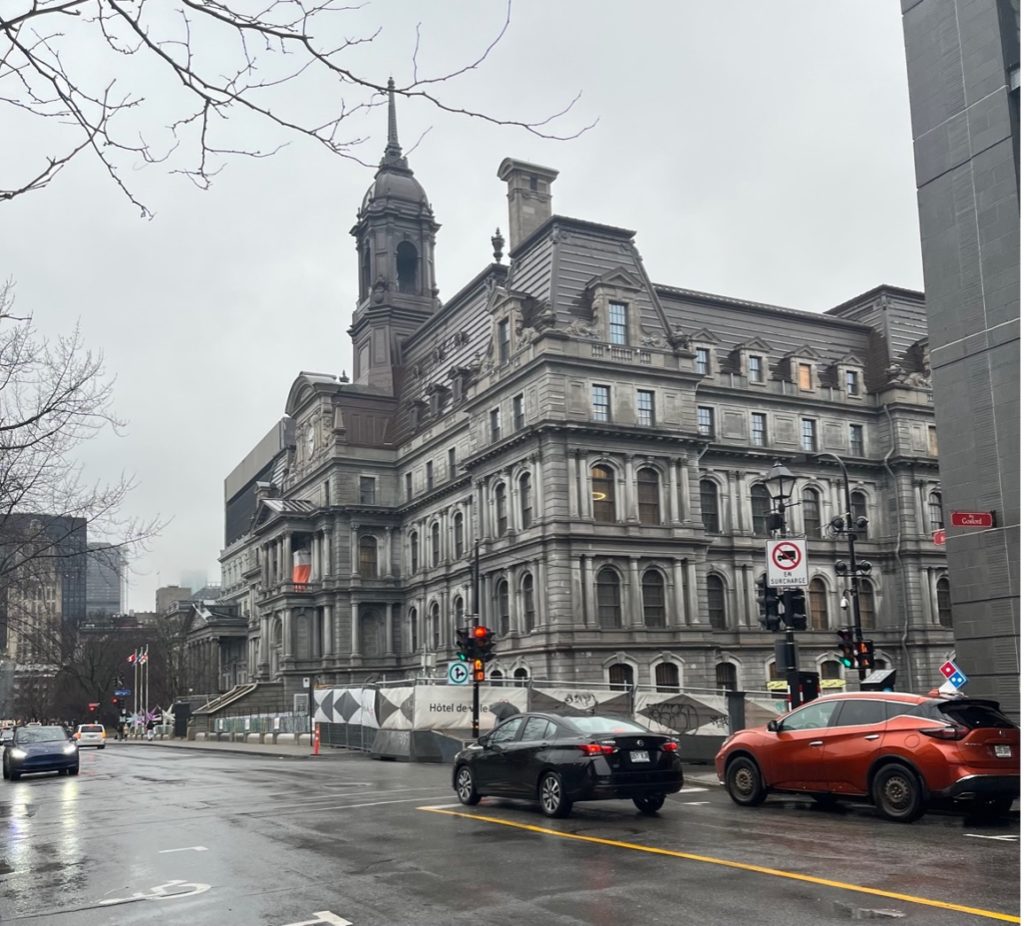
Rashawn Khamari Merchant/Earth Shiners
Looking for a winter wonderland? Montreal is the perfect place to spend the holiday season. With its vast appeal in culture, tourist attractions, and accessibility, the French-Canadian city is a prime travel destination.
Leaving from the United States, Montreal, Quebec, is a reasonably priced international destination. Booking your ticket several months in advance can be as low as $250 when departing from New York City. It costs almost double that amount to head to the western coast. Since Canada is out of the country, you must use your passport to travel. If you do not have one, apply for one with ample time before your trip. The U.S. Department of State provides information on passport travel on its website. Lastly, the total airtime is 1 hour and 30 minutes, which leaves plenty of time to participate in activities once you are on the ground.
Hotel accommodations and location are essential to any vacation. Fortunately, with Montreal’s transportation options, nothing in the city is ever challenging to get to. A lovely hotel near Old Montreal will provide you with proximity to the downtown area, ample local shops and eateries, and exposure to city life. The Notre-Dame Basilica of Montreal is a famous landmark, and if you reside in Old Montreal, the church is within walking distance. As mentioned, there is plenty of access to the city’s buses and train systems, and you can effortlessly travel from the airport to this area.

Design Pics Inc/Alamy Stock Photo
Montreal’s attractions are a highlight of what the city has to offer. Visiting in the wintertime means you’ll have no shortage of Christmas and holiday-themed events and markets to attend. The town becomes covered in festive lights with decorations and trees everywhere you look.
Sports are also at the heart of Montreal’s energy. The city is home to the Montreal Canadiens Hockey team, and the city hosted the 1976 Summer Olympic Games. Fifty years later, the Olympic Park and village remained firmly intact and converted into athletic and environmental centers. Inside the main stadium, there is the Biodome, a top-rated indoor nature center. The Biodome features built-out arctic, jungle, and deciduous forest-type habitats with many animals and plants. Surrounding the Biodome are Montreal’s insectarium and botanical garden.

Rashawn Khamari Merchant/Earth Shiners
Overall, if you’re looking for a great travel destination for a short weekend with loads of fun, Montreal, Quebec, is an excellent place to visit.
The Democratic Republic of Congo and Cobalt Mining
Made in the Democratic Republic of Congo: The land and lives behind the promise of cobalt – why we should feel compelled to unpack climate elitism.
Written by: Leah Mpinga
*Originally published via Climateimaginations.org/nature-narrations
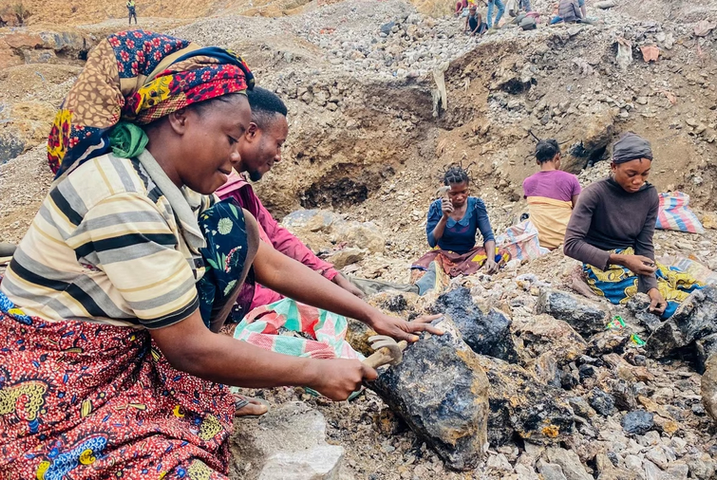
Dorothée Baumann-Pauly
It had been almost a month to the day of living in New York City. 18 days of graduate school and approximately 3 hours since I had finished my last class of the day in 601 Schermerhorn. Coincidentally, my uncle was in town, having just come off the heels from a conference at the Harvard Kennedy School, the topic of discussion; the future of the Democratic Republic of Congo. In a dim smokey Club Macanudo, myself and his acquaintances were enthralled in conversation about the conference, last night’s gala, the bright-eyed students at the other Ivy, and the future of a potential net-zero Congo. Once again caught between two worlds, one where I was privy to the inner thoughts of the Congolese political class and my new cohort of climate scientists. One where I had a birthright, the granddaughter of a Prime Minister (the reeking privilege of a nepo-baby), the other where my uncle jarringly pointed out, “just a number”. Suddenly, conversation halts.
“Le président vient de finir son discours” (The president has finished his speech).
Besides the unplanned family reunion, it was also the U.N. General Assembly. President Felix Tshizekedi of the DRC has just finished addressing the Assembly, in his delegation Minister of the Environment Eve Bazaiba. During his speech, the fifth president of the nation said it was time for the country to take full control of its destiny. The president also addressed the issue of fair carbon pricing and the unsuccessful 2009 $100 billion dollar pledge for climate finance initiatives in sub-Saharan Africa. Undoubtedly, these topics were at the forefront of African current affairs with the African Climate Summit having adjourned three weeks prior in Kenya.
The question is why should you care? Well, you could choose not to, but if you plan on driving an EV or taking a plane that is powered by fuel, or having any kind of device with a microchip you probably should. The magic ingredient in all these items: Cobalt.
According to Our World in Data, the D.R.C is responsible for 0.01% of global emissions since the 1700s, producing less than 0.02% of annual global emissions in 2020. Nevertheless, it holds the top spot for cobalt production at an astonishing 300,000 tons a year. Today, cobalt is seen as one of the world’s most important critical minerals, a by-product of copper mining essential to the creation of lithium-ion batteries. Yes that’s right, the batteries found in the cute EV you’ve been eyeing up or convincing your family to commit to.
Government, artisanal mining and multinationals: Who pays and who benefits?
Questions of environmental justice have often been centered around who pays and who benefits. In this context, who sees the positive ends of the trade-offs of mining cobalt? Nearly 80 years on, countries like the United States who turned to Congo for the uranium in the Atomic Bomb are turning to its government and population to help them out again. Amongst the largest multinationals mining for Cobalt include; Microsoft, Glencore and Tesla.
The issue remains however, in the southeastern region of Katanga many Congolese people are living in abhorrent conditions. These conditions can only be described as dating back to the era pre The Industrial Revolution. In an article published by the New York Times, it details the locals of areas like Kinsafu seeing next to no profit from cobalt extraction. The early supply chain of cobalt is plagued by informal artisanal mining and the imminent relocation of indigenous tribes, like the one chiefed by Kinhayle Mangi. Unfortunately, little distinction can be made between the cobalt produced by legal industrial projects and the cobalt extracted in mines by men, women and children.
The exploitation of the Katangan people is not new. It has been historically exemplified in the Belgian backed secession war of 1960-1963, the harassment of populations by Mobutu Sese Seko during The Cobalt Crisis of 1979-1982, post nationalisation of mines and now the geo-political race between the U.S. and China.
Whilst global powers are making transition investments and advances, rural populations in the DRC are still without clean and affordable energy. While our consumer issues are debates over whether we should thrift, follow plant-based diets and make efforts to compost, families in Congo are cooking their food and lighting their homes with timber and dung.
In the context of the “climate bubble”
So, whether it be in the clouds of smoke in an Upper East Side bar or in the hallways of Columbia University, it is here or anywhere that you realize no one with the privilege of education on climate change is “just a number.” Those who are carrying our transnational burdens and the pressure of correcting our past mistakes are those who bear the consequences of being a number. They are forgotten. Yet, they survive without the megaphone of an Ivy league education, a country with strong institutions and the common decency of the world’s interest. One thing that is clear in the climate bubble is the reconstruction of language and education coded in elitism. We focus on the individualism of our ambitions, the issues that we perceive as important, and accept the lack of perspective within the hierarchies created by paternalistic entities of the past and present. Whether we now say Global North or Global South, which came from developed and developing, earlier western and local, and at the core coloniser and colonised. Nonetheless, we blindly take the privilege of being able to learn and selectively choose. We are happy to make change, if the change is good for us. We take our biases and project them onto those who we’ve deemed as behind, who’s words and cultures we’ve decided to exclude, and to quantify as immeasurable. We use our language to cleverly ask those why they’re in our space and what qualifies them to be here. Fundamentally, we’ve been taught to care without caring enough. Whether it’s with a laugh, an eye roll, a comment or deafening silence our climate activism has not expanded far enough. Our relationship to land and to people remains anthropocentric in nature and dismissive in practice. A lot of the time in my writing I discuss the principle of Ubuntu. I am because we are. I recognise that I denounce elitism whilst also sitting on my high horse. However, my wish is solely for “just numbers” to become people, for people to become voices and voices to become change. Change that denounces the individualism we’ve been taught and the communities we’ve forgotten. Those who have always paid, must at some point benefit.
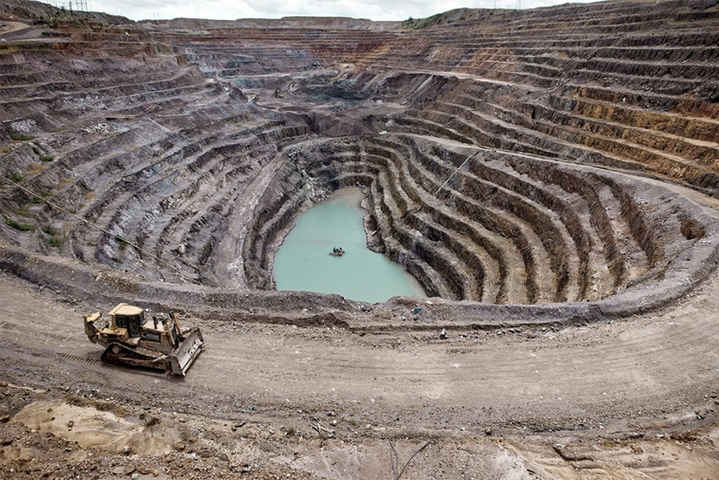
Foreign Brief
Homelessness on the New York City Subway
Written by: Rashawn Khamari Merchant
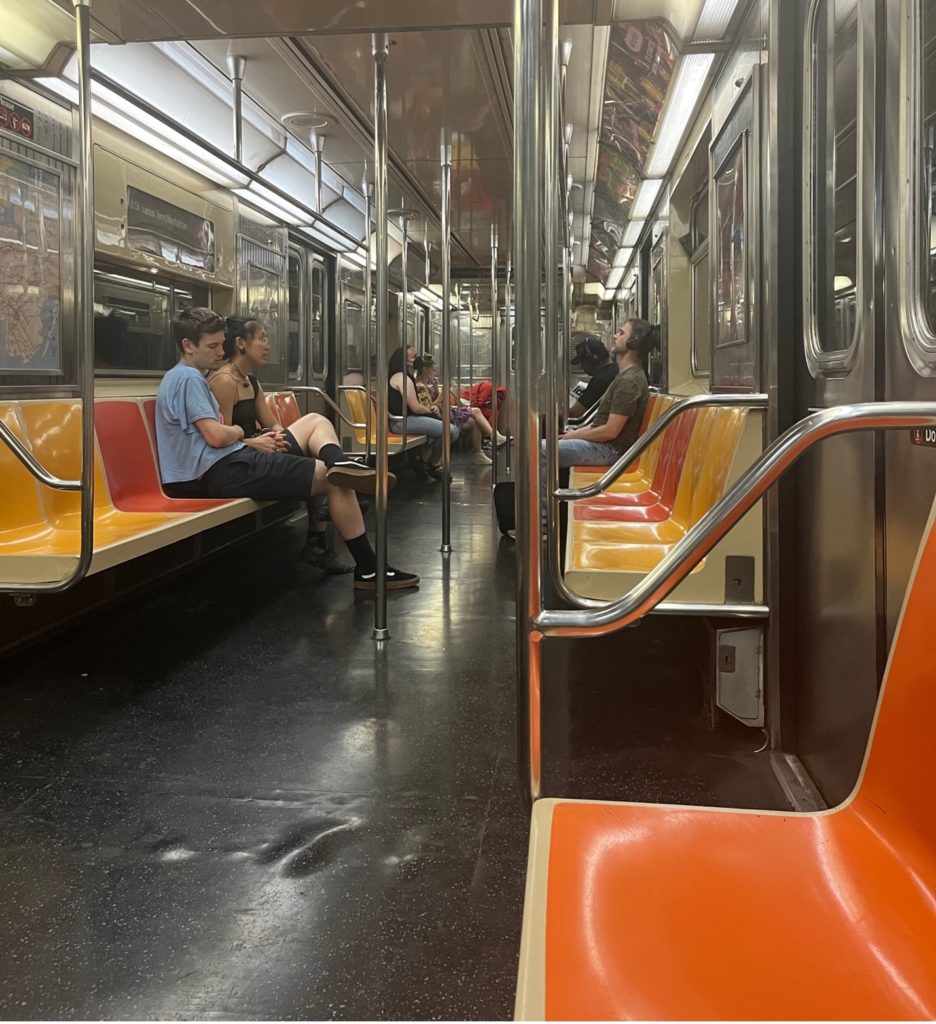
Rashawn Khamari Merchant/Earth Shiners
Housing is a human right. People suffer when they are without shelter, and many connected aspects of their lives also begin to dwindle. Without a home, it is possible to lose family connections and job opportunities, while growing closer to mental instability. In a city like New York, there is a display of how housing struggles can inadvertently affect city life, as the city’s unhoused population looks toward the subway systems for a safe haven.
New York’s long-standing history as an economic goliath carries a strong reputation. Wall Street provides financial assistance to the world, and many jobs circulate through the five borough’s industries. Unfortunately, this is not a perfect world; not everyone reaps the benefits of the financial culture. Economic inequalities cast a heavy shadow, and race, gender, and ethnic differences amplify the struggles many in the city face. The housing crisis in New York has taken a hit due to many not being able to afford skyrocketing rent prices, leading to a mass wave of people entering homelessness. The Coalition for Homelessness reports that in recent years, New York City has reached its highest levels of homelessness since the Great Depression of the 1930s. Furthermore, 90,578 people slept in the city’s municipal homeless shelters, including 32,689 children.
It is vital to note that the number mentioned does not portray the entire estimated unhoused population. Many people face extreme difficulty finding shelters to stay in, while others turn to family and neighbors and many have looked to the Metropolitan Transit Authority (MTA) subway system.
The MTA has a multitude of reasons for why it attracts those looking for shelter. For starters, the subway is considered the backbone of the boroughs in New York. It is the best mode of transportation, providing efficient mobility throughout New York City. In addition, the underground location provides a sense of privacy separated from the ongoing urban activity. Lastly, it is warm. During New York’s harsh winters, temperatures drop to freezing, making it difficult for humans to stay outside long-term. Many MTA stations are heated and covered away from unstable weather conditions.
In recent years, social conflict regarding subway use has become exacerbated. The trend of people utilizing the MTA for shelter resulted in residents reporting unsafe commuting conditions. The New York Times stated that felony assaults were up nearly 25 percent in 2021, and many cases of violence have ensued concerning unhoused conditions. Nevertheless, it should not be declared that homelessness is a direct cause of crime or defects in the subway experience. The economic differences and how the city has tried to come up with solutions have also negatively impacted how we address homeless populations and the subway. During the COVID-19 pandemic, several of New York’s welfare systems shifted, leading to greater cases of people not getting the care they need. When medical care and housing assistance is inaccessible, there is a potential for worsening societal conditions.
Newly elected Mayor Eric Adams believes in increased action to decrease homelessness and provide safe conditions. His approach is to address subway offenses with police efforts. Some believe hard-lined responses do not address the root of the problem, such as The Science Survey reporter Karishma Ramkarran.
At Earth Shiners, the belief is for the overarching conditions leading to homelessness to change. Funding education, workforce, and MTA infrastructure could provide essential benefits in restoring an improved communal state.
The Environmental Impacts of Returning Packages
Written by: Rashawn Khamari Merchant
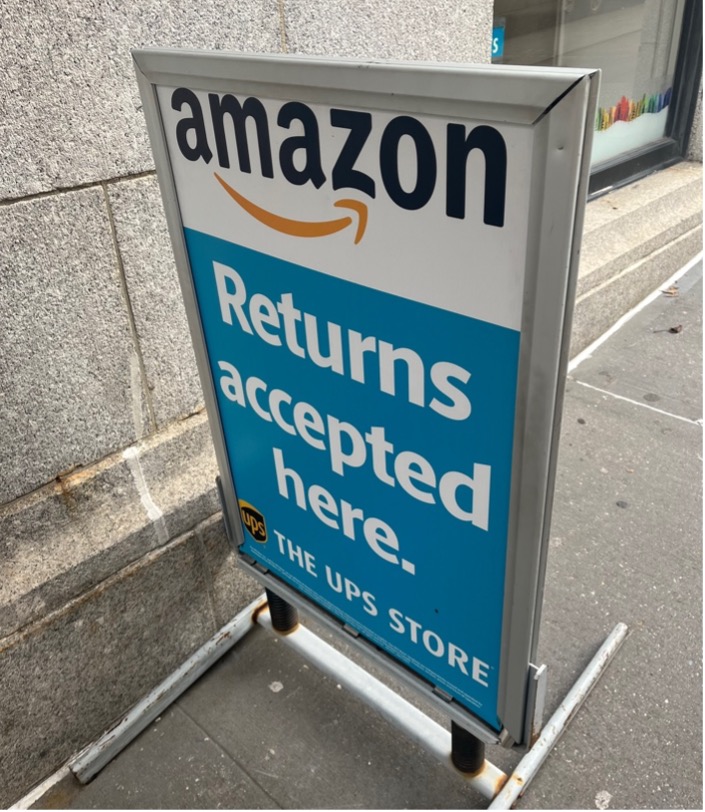
Rashawn Khamari Merchant/Earth Shiners
From November to December, people go on immense shopping sprees. Whether it’s to catch deals for themselves or gather gifts to give to loved ones around the holiday season, these months are the most prominent period of consumerism. It isn’t just America, either. Many countries have adopted similar holidays to Black Friday, allowing their residents to buy more than usual. While items ship from companies to the home, let’s dive into the dangers and unknowns when customers decide to send items back.
During the past decade, online shopping has brought ease to buyers wanting ticketed items. Why wouldn’t it? From the comfort of your couch or surfing online at work, you can purchase products with a few clicks of a button. People began to draw back from holiday shopping when going out at midnight during significant sale events became dangerous. Instead of waiting outside for a new discounted TV, manufacturers listened to customers and offered the same opportunity online. Website shopping helped customers and store employees alike.
During the 2020 COVID-19 pandemic, companies paid attention to the results. Out of safety precautions, consumers had little choice but to
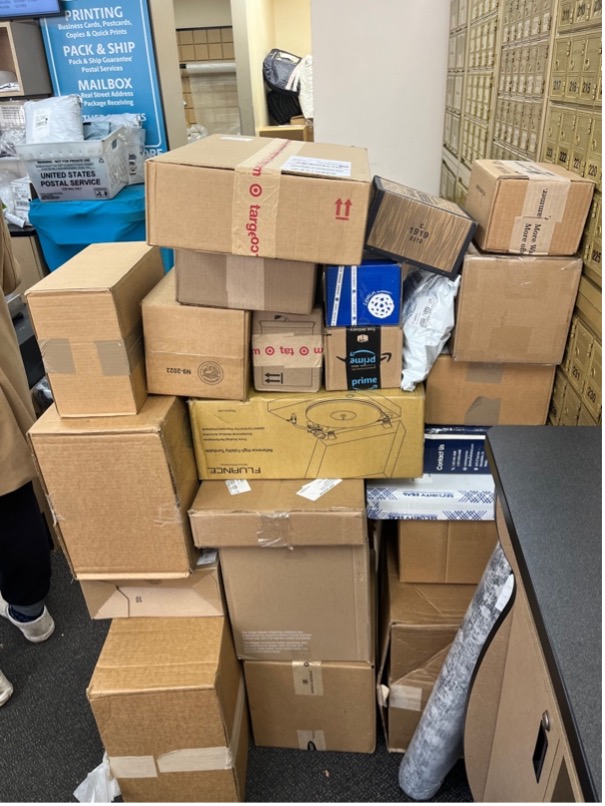
Rashawn Khamari Merchant/Earth Shiners
buy their goods online, with the addition of food suppliers stepping into the game. Years later, online shopping is a prime way of spending.
The downside of increased online purchasing occurs when people decide they no longer desire the item they bought. The impacts have become detrimental to the environment because it isn’t just a few, but millions of people who utilize companies’ often free return services.
For companies like Amazon, their business goal is to deliver goods and not receive them back. Therefore, corporations put little infrastructure into place to handle large quantities of unwanted goods. It is becoming cheaper for wholesalers to forgo the sent-back items and transfer them to dumpsites and waste facilities.
For years, rumors spread regarding luxury fashion brands burning unsold clothing to maintain the clothes’ high status, but lower-level consumer brands taking part in product destruction landed at the worst time. Fast Company suggest that nearly 10 billion pounds of returned items end up in landfills annually. The environment is not equipped in its current state to handle the influx of plastic buildup. Unfortunately, purchasers receive infrequent information on landscape impact. Amazon allows you to freely make returns through 3rd parties for numerous reasons within a 30-day return. Additionally, upticks in risk-free buying have garnered more attention. Businesses offer customers opportunities to “try before you buy,” encouraging them to order multiple sizes and types of the same item while planning to keep one version.
Companies and consumers alike should take steps to reduce return package waste. There should be a vetting process. Companies can choose to charge customers a fee for return items. A fee would make customers rethink their initial purchase choice and slow the volume of unwanted goods. In addition, the fee charged should assist the company in developing sustainable waste departments within the business.
What one considers trash is a treasure to others. From the customer base, instead of returning the package, the item could go to a friend, family member, or neighbor. If the purchaser decided to sell the item to someone nearby, they could retain the dollar spent while reducing the carbon emissions to transport the goods back.
Overall, careful consideration needs to go into shopping online. When buying and selling becomes a free-for-all, the impact on our land is worsened, and the ending results are never worth it.
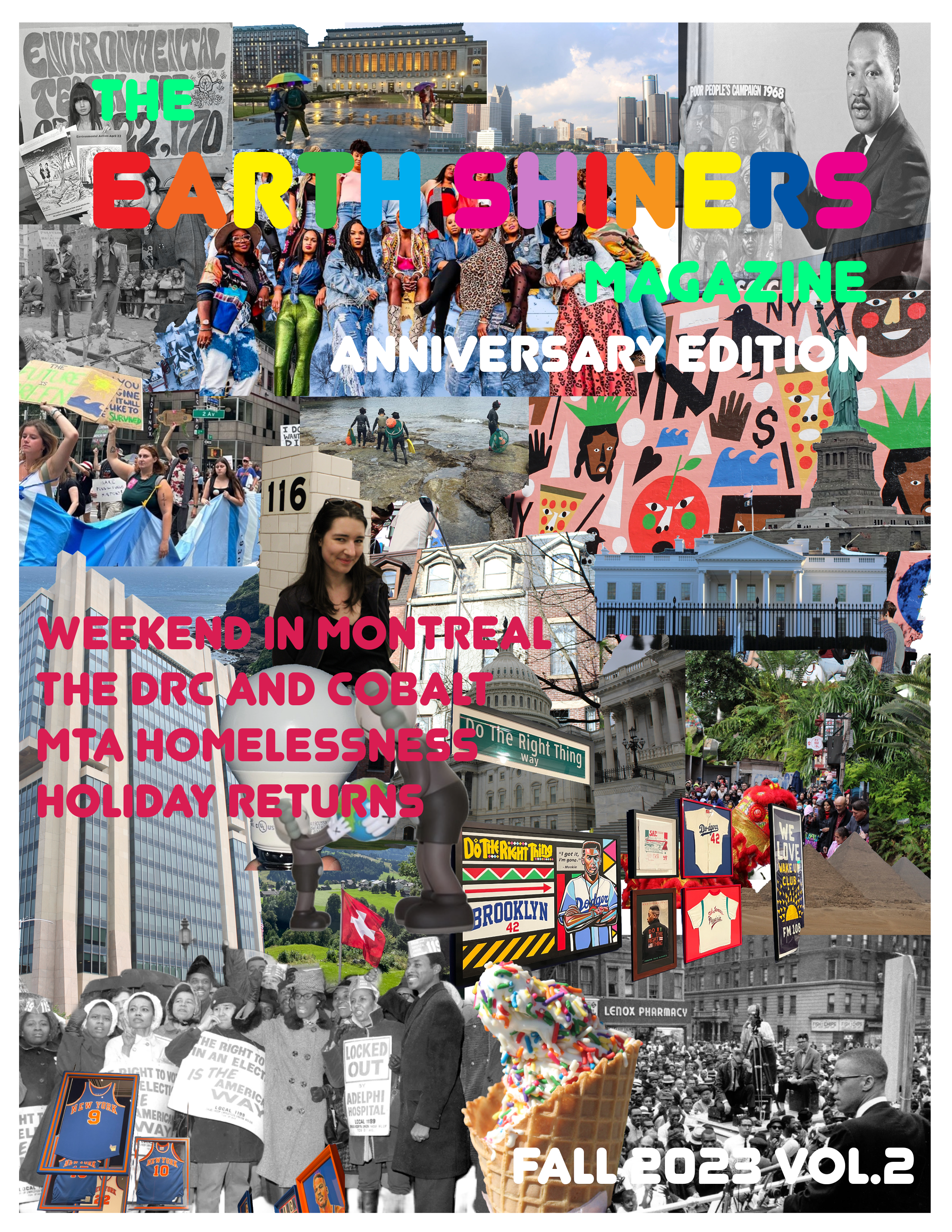
Leave a Reply